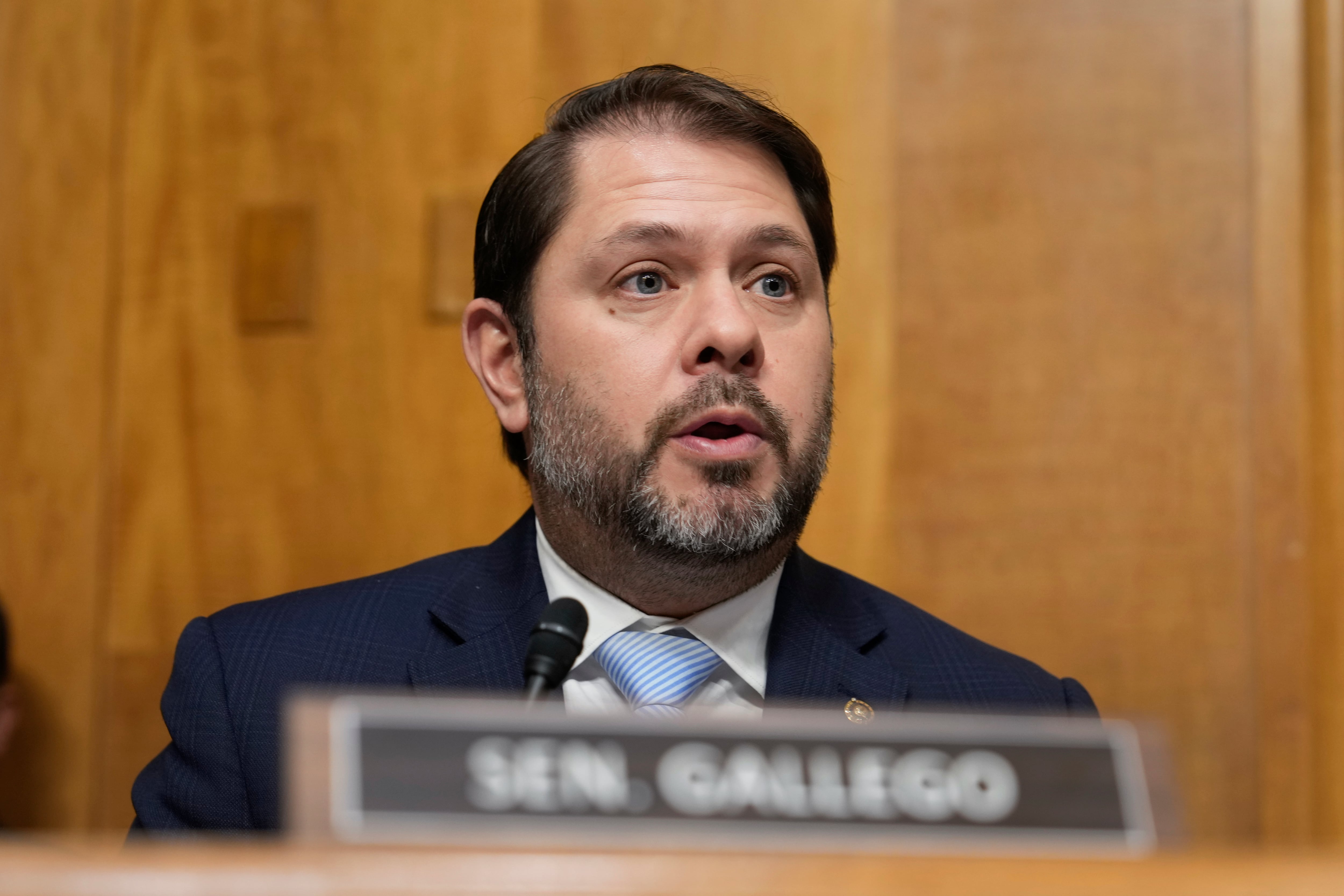When tension over the Russian invasion of Crimea rose to a boiling point in March, U.S. Air Force F-16s were called to Poland to beef up a long-standing presence in the region. Defense Secretary Chuck Hagel announced April 17 that the upgraded aviation detachment of 12 F-16s and 200 support personnel will remain there for rest of the year.
Six additional U.S. F-15Cs flew from Royal Air Force Lakenheath, England, to supplement the four already stationed at Šiauliai Air Base, Lithuania, bringing the number of U.S. fighters in the region to 22.
Suddenly, the focus has shifted from the past decade of wars and potential threats in Asia and Africa to the current standoff in Eastern Europe.
The Air Force has spent the past 20 years reducing its footprint in Europe — from 72,000 to 24,000 active-duty personnel. But airmen can expect to see more joint NATO exercises in Europe in the near future. They can expect rotations to continue to last three to four years. And they can expect priorities — to support and assure allies and deter enemies — to remain in lock step with NATO partners, Air Force officials say.
"Having a presence is key," said Col. Kevin Fox, the strategy division chief for the Directorate of Plans, Programs and Analyses for U.S. Air Forces in Europe and Air Forces Africa.
In an interview with Air Force Times, Fox quoted Air Force Gen. Philip Breedlove, the four-star Supreme Allied Commander Europe and chief of U.S. European Command, as saying "something along the lines of, 'It's hard to build trust on a virtual presence. You've got to be there.' "
"And I kind of use that idea in a different way — you have to be present to win. You have to be present to win the trust of our partners, and present to win the relationships and assurances with our partners that in any event something were to happen, we're going to be there," Fox said.
Everything the U.S. does with its partners, Fox said, goes beyond assuring allies or responding to crises. "We are here to also continue to build our relationships with those countries that our forces live in," he said. "The more we have people working with the different countries and living in the different countries, that's where we gain that ability where they'll go out and support us in future operations."
The U.S. will be looking to strengthen relationships through exercises with new NATO partners or aspiring NATO partners. "More specifically, we are working with Poland, the Baltics, Romania, Bulgaria and central Europe — Czech Republic, Slovakia and Hungary — [and] we are looking to increase our exercise and military-to-military engagements in those countries for reassurance," Fox said.
But some say that merely having a presence falls short of the true mission, and that U.S. forces are now playing catchup to address a problem that has been growing for years.
"The current crisis may be unsolvable in the short term," retired Gen. Roger Brady, who led USAFE between 2008 and 2010, wrote in an April 17 email to Air Force Times. "Given the already-positioned Russian capabilities, and the inability of Ukraine to defend itself, a NATO response would be too little, too late."
While U.S. Air Force units are working to strengthen capabilities of European air forces, they do not represent enough capacity to conduct sustained operations, Brady said.
Retired Air Force Gen. Charles Wald, former deputy commander of U.S. European Command, also called for a stronger presence.
"If [Russian President Vladimir] Putin's going to try to really annex the eastern part of Ukraine, I'd send F-22s to Poland, and I'd send B-2s to Ramstein [Air Base in Germany] just to say, 'We're here, and we're going to stay here until things settle down,' " Wald told Air Force Times.
"The fact that we have access to Romania and Bulgaria and all these places now is a huge deal, something that wouldn't have been in play years ago," Wald said. "And Turkey [home to Incirlik Air Base] as a NATO member, from a geostrategic standpoint, has always been important. They ought to be brought into this [crisis] now as a major player for Black Sea operations," Wald said.
Yet moving in more aircraft permanently doesn't look likely.
"It's the supply- and- demand type of conversation. In this budget-constrained environment, there's only so much you can do," Fox said. "I don't think you'll see permanent aircraft moving over here."
Working with 'what we have'
Ramping up U.S. presence does not mean new bases will be built or existing ones expanded. Every year, strategy and planning officials look to divest excess infrastructure and consolidate as much as possible, Fox said. "I don't think you'll see any [bases] growing, but we will use what we have to the most efficient degree possible."Some bases may look to repurpose their missions — like RAF Menwith Hill, England, which is looking to increase its intelligence community by 2015 — but those discussions are still on the table.
The Air Force's special operators, however, are seeing a large ramp-up for operations in Europe, with the newest equipment finding a new home at RAF Mildenhall, England.
As of mid-April, there were five CV-22 Ospreys, four MC-130J Commando IIs and four MC-130H Combat Talons at the base. Over the next five years, the base will be home to 10 CV-22s and 12 MC-130Js, the newest aircraft in the Air Force's special operations fleet.
The Ospreys are assigned to the 352nd Special Operations Group, which is expected to increase the base population by about 900 people, including families, and are filling a hole left by the retirement of MH-53 Pave Lows in 2007. The base is phasing out the older MC-130Hs with the new J models. The 352nd Special Operations Group currently has more than 1,000 personnel assigned across four squadrons.
The aircraft, while assigned to USAFE, also see activity in Africa, such as the CV-22 and MC-130 operations in South Sudan and Uganda in the past six months and in Libya in 2011.
Another strategic area to utilize would be Romania. U.S. troops began flying in and out of a new transit center at Mihail Kogalniceanu Air Base in January. Built as a temporary hub to support the Afghanistan drawdown after the closing of Manas, Kyrgyzstan, the M-K Passenger Transit Center could endure beyond 2014.
The hub is ideally situated to provide "distribution flexibility for Central and South Asia," Army Maj. Jeremiah O'Connor of U.S. Transportation Command said in an email. TRANSCOM and U.S. European Command "will continue to work with our proven Romanian partners to enhance access at this valued site."
About 400 people — 150 of them airmen — are now supporting the mission there, 18th Air Force officials said. Deployments vary; operations personnel and air crews may serve between 60 and 120 days and maintainers for six months. Commanders may serve even longer, the officials said.
Career fields in demand
As for specialties, Fox said, "I don't see an increase or drastic change in demand.""We're still looking at things like intelligence, surveillance, reconnaissance; we have airmen working on fighters, in mobility, air refueling, and base-support type activities," he said.
Airmen who can speak more than one language are always an asset for missions overseas, especially with the vast number of countries in USAFE-AFAFRICA. But while the Air Force gave airmen bonuses in the past for speaking an additional language, officials last year began handing out fewer bonuses because airmen were being paid for languages that they either weren't using or the Air Force didn't need.
Airmen in USAFE need to be open-minded so they can understand what an adversary or an ally might be thinking, Wald said. "Skill sets of shooting weapons and things like that [used in counterinsurgency in Iraq and Afghanistan] are admirable, but they don't prepare you for the complexity of the world we face," Wald said.
"They need to be skilled in deploying joint capabilities, and not [be] a parochial person, because the No. 1 asset in Europe is going to be intelligence, No. 2 will be missile defense, and No. 3 will be defensive capability," Wald said.
And while the Air Force does not anticipate any further changes that would prevent airmen from bringing their families to Europe, it's always a possibility. "They may have to do more [unaccompanied tours] just because of the support infrastructure [at a particular base]," Fox said. "Since 1990, we've reduced about 75 percent of our infrastructure in Europe, so there's just not as much to get support out of it [for families and spouses]."
The road ahead
The Air Force is prepared for the road ahead, Wald said.Air-dominant missions like Bosnia, Kosovo, Libya and Afghanistan "demonstrated that if you deploy the weapons systems right and have the right kind of leadership, it can change things dramatically," Wald said.
"For Russia to do 'old-world thuggery' if it really came to it, there's no way that Russia could stand up to NATO with the U.S. leading it," Wald said. "But you've got to go down that path and be ready for it."





